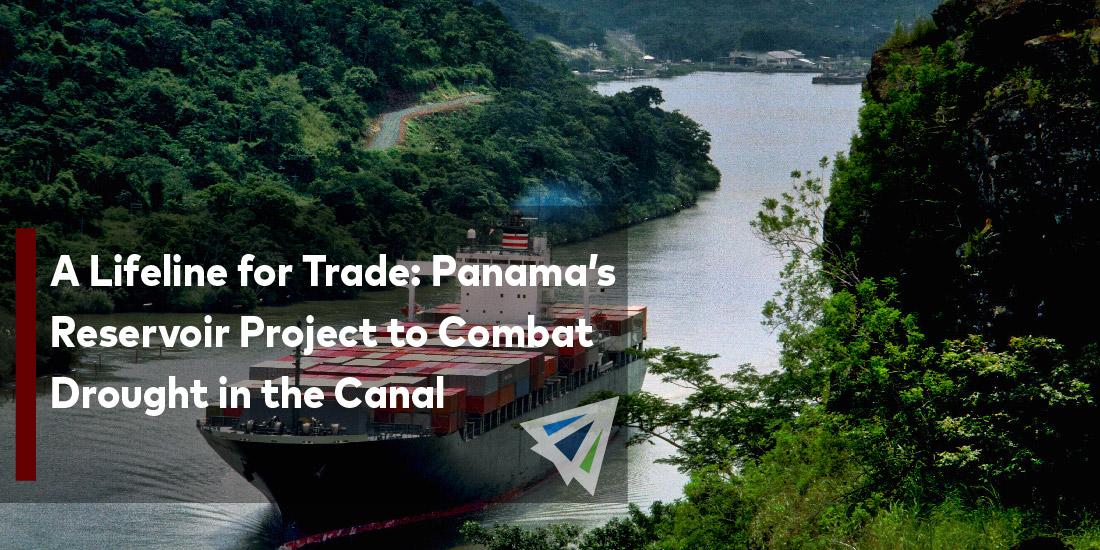The Panama Canal has long struggled with water supply challenges, a problem that dates back to its opening in 1914. Initially, water levels in Gatun Lake were adequate, but rising demands have increasingly put pressure on this vital resource.
Years of drought and El Nino events have caused the Panama Canal Authority (ACP) to substantially cut back on vessel transits and introduce water conservation measures, especially in the last couple of years.
To address this issue, the ACP is planning to construct a new reservoir in Cocle province, west of the Canal.
A New Reservoir Planned
This proposed reservoir – Rio Indio – aims to meet the canal’s freshwater requirements for the next 50 years. The project is estimated to cost around $1.6 billion, according to AP News, and is expected to be completed over the next six years. Of note, part of this six years includes an estimated year and a half to have discussions and reach agreements with the communities around the area for this proposed reservoir.
Experts warn that relying solely on conservation efforts won’t be enough to satisfy the canal’s expanding water requirements. These water supply challenges are aggravated by both population growth and the surge in canal traffic. Measures have been put in place to address these water supply challenges, including decreasing vessel transits and implementing water conservation strategies like water-saving basins and cross-filling lock chambers.
Nonetheless, the new reservoir is considered crucial. The Panamanian government has consented to broaden legal operating limits to include the new reservoir area and to lift restrictions on building additional reservoirs, AP News reported. Prior to choosing the new reservoir, the ACP considered other solutions, such as a $2 billion conservation project that was later abandoned, along with potential partnerships with the U.S. Army Corps of Engineers.
The project will also fulfill the rising demand for drinking water for more than half of the country’s population, totaling over four million people, according to Newsroom Panama.
Past Water Challenges at the Canal
Last year in October, the Canal was faced with its worst drought in 73 year, largely due to the El Nino. This impacted water availability and significantly lowered levels at Gatun Lake, per the Panama Canal Authority (ACP).
Panama is currently experiencing its rainy season, which lasts from May to December. Daily transits stand at 34 ships per day, and the ACP has announced an increase to 35 ships per day starting Aug. 5. This is just below the usual average of 36 daily transits.
Looking Ahead
Interlog continues to stay up to date on this and the latest in the market, to provide our customers and readers with the latest industry news. Should you have any questions regarding this, please reach out to our team today. Additionally, we have our weekly market updates that provide freight news, updates, and other developments across the international shipping industry.
